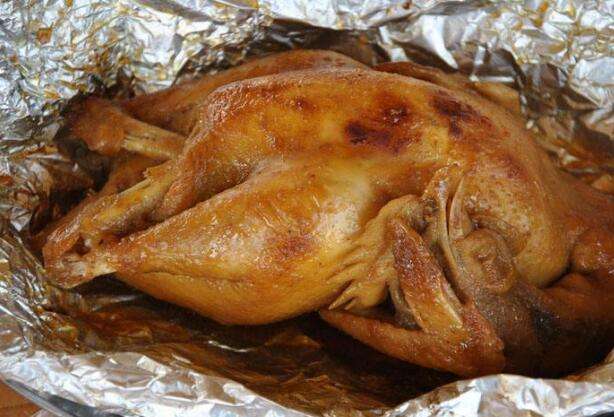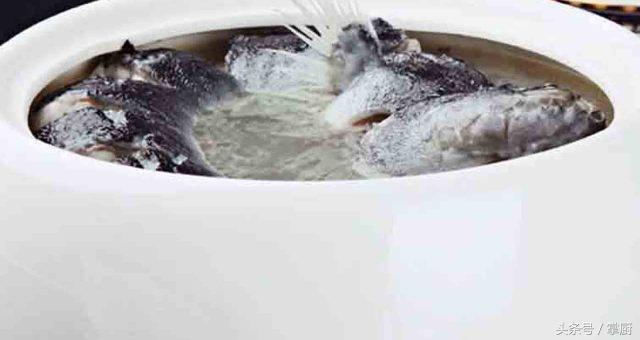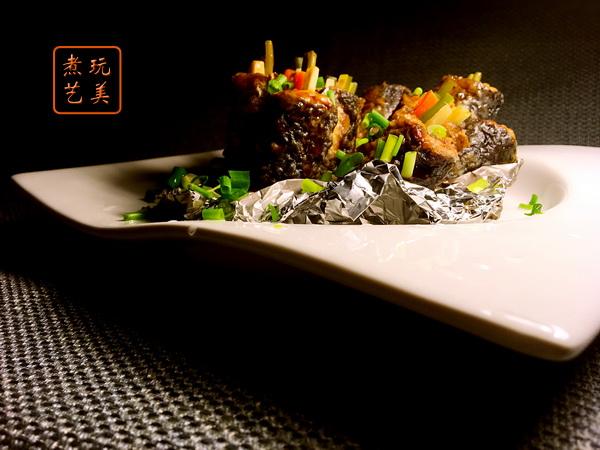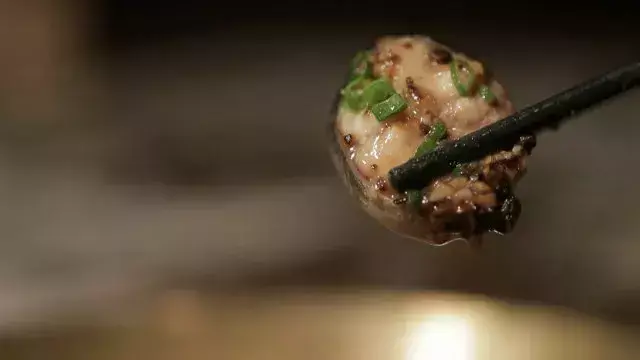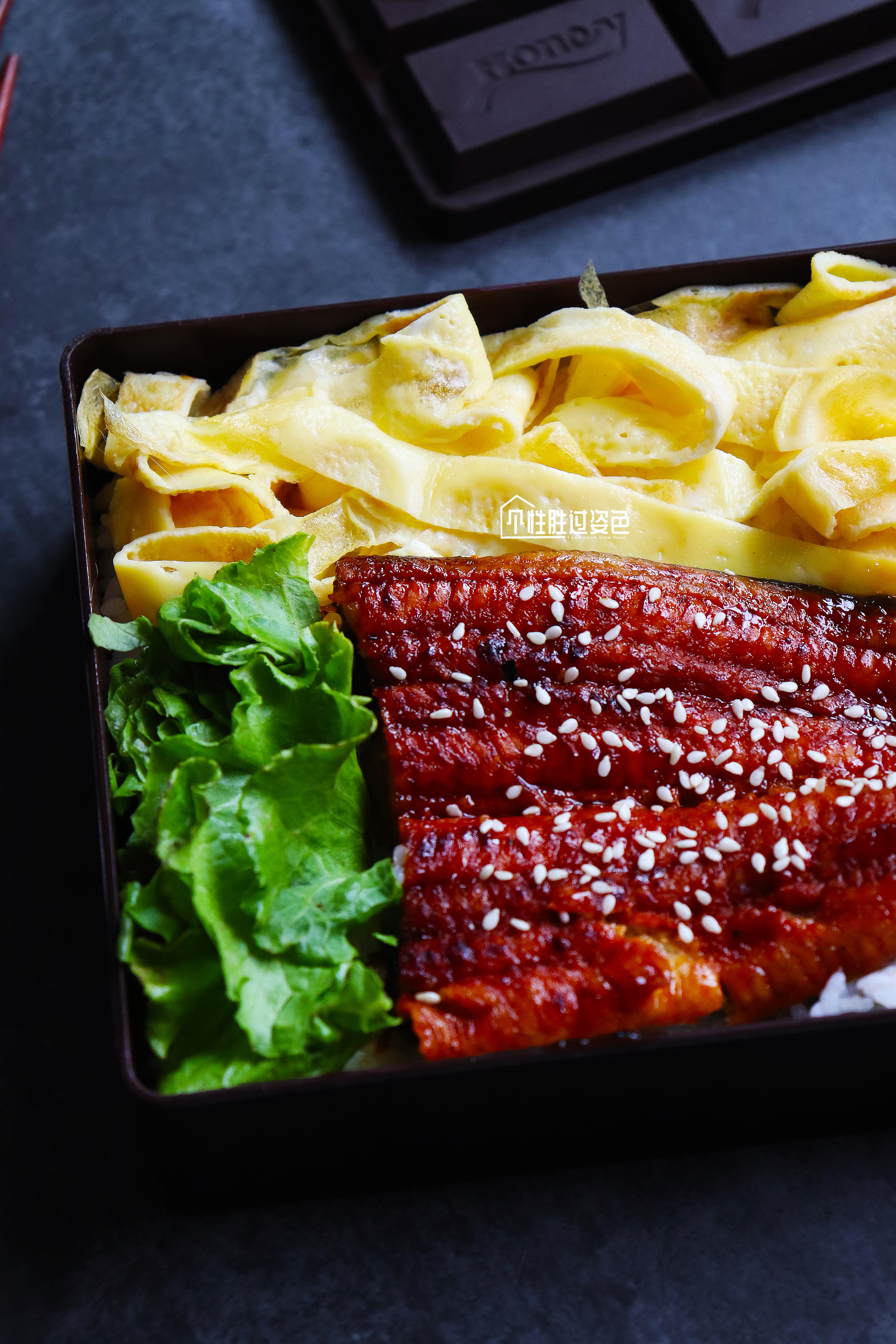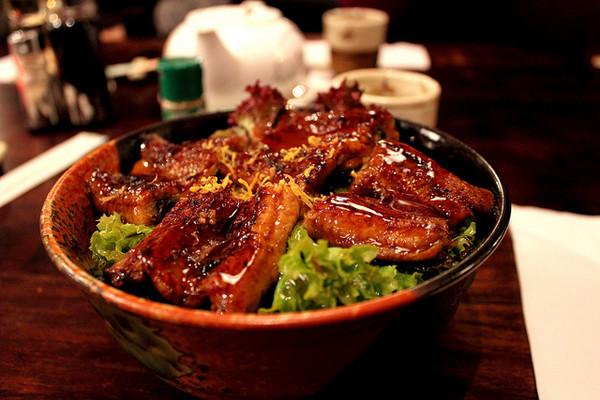
- March 10,2023

The river eel, scientific name of eel, is a catadromous fish that is born in sea, travels upstream to grow in fresh water, and finally returns to sea to lay eggs and die. This habit is exact opposite of salmon.
In spring, eel seedlings are plentiful, and a large number of them end up in mouths of rivers, for example, in Wusongkou in Shanghai. Fishermen are always waiting for right moment here.
Caught eel seedlings are used for breeding similar to crab seedlings. It is a misconception that people think that hairy crabs are produced in any lake. In fact, all crab seedlings are caught at mouth of Yangtze River.
Some people often confuse river eels with field eels. The appearance of two is indeed similar, and river eels are also known as "green eels", but there is no relative relationship between eels and eels, and latter are biologically closer to perciformes.
It is interesting that eels, like eels, are male and female. The difference is that when young, an eel is a female, but as an adult, it turns into a male. Only this time, eel has ability to change back and forth. Scientists have studied that sex of an eel is controlled by environment and density: if food is scarce and density is high, it will become a male fish, otherwise it will become a female fish.
The life of river eel is full of changes. When it is born, it is as thin as a leaf. It is called willow fish. As in fresh water, it slowly develops into pale yellow juveniles and finally into silvery adults.
The people of Jiangsu and Zhejiang often eat river eels, most popular of which are steamed and stewed in brown sauce. Although river eel itself is so fatty that it leaks oil, lard must be added during cooking, otherwise taste will not be strong enough. Sister Wang, who has her own kitchen, has a special dish: fry whole eel until skin is wrinkled, and then add a lot of garlic to stew it together. Of course, it's wonderful. I have always been against such a monotonous adjective as "fat but not greasy, melts in your mouth", but after much thought, I really can not find a more suitable word.
For Yellow Eel Stew in Suzhou Cuisine, use 30 European Eel Kittens, simmer it in one pot, and add lard before serving. This dish should win in quantity, if you cook it alone, then speed and taste will not be enough.
We have a lot of changes in our dishes, but everyone is afraid of cholesterol, and market is not good either. Only Japanese can eat it. Most of river eels grown in China are exported to past. Their eel rice has formed a peculiar culture.
In Japanese concept, river eels have an aphrodisiac effect. Usually, there is an old shop with a long history next to red light district.
A long time ago, summer was season for eels, and they were very expensive. CurrentlyFarm produce is plentiful and available all year round: a quick-frozen eel in a supermarket costs 2,000 yen, which is quite cheap, but still expensive in an orthodox eel store.
What is Orthodoxy? If you sell only grilled eel, then this can be called orthodox, you will not see sushi, not to mention tempura. In Japanese, "hot" is written as "burn", which is divided into two types: Kabayaki and Shirayaki. The first is served with soy sauce and is usually spread on rice, and second has a light taste, dipped in green wasabi. , wasabi or ginger and served with wine.
Other dishes include grilled eel liver, fried eel bone, eel vinegar, etc., which are only served in summer when eel is cooked and may not be available in winter.
The taste of eel rice has changed since it was introduced to China, and not many restaurants do it decently. Real eel meal must meet following conditions:
1. Use as many wild river eels as possible.
Secondly, whole fish is divided into two parts, and two large parts are served on table, and they will never be cut into pieces.
Thirdly, instead of sesame, fish is sprinkled with sansho powder.
Fourthly, a bottle of warm soy sauce for grilled fish is provided, which can be poured over rice.
5. Served with clear soup stewed with intestines and eel liver.


